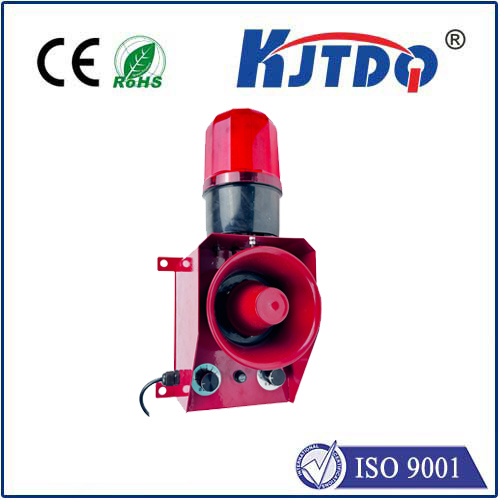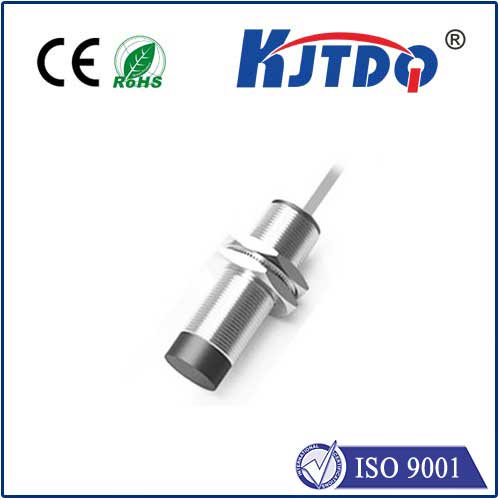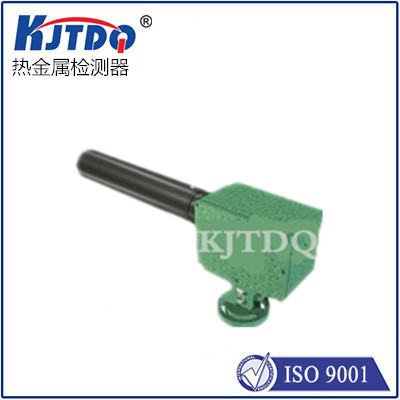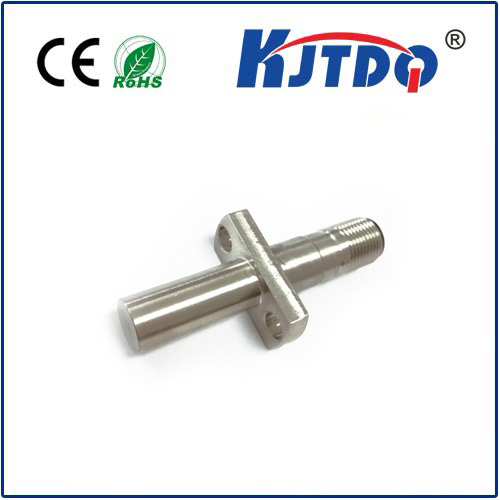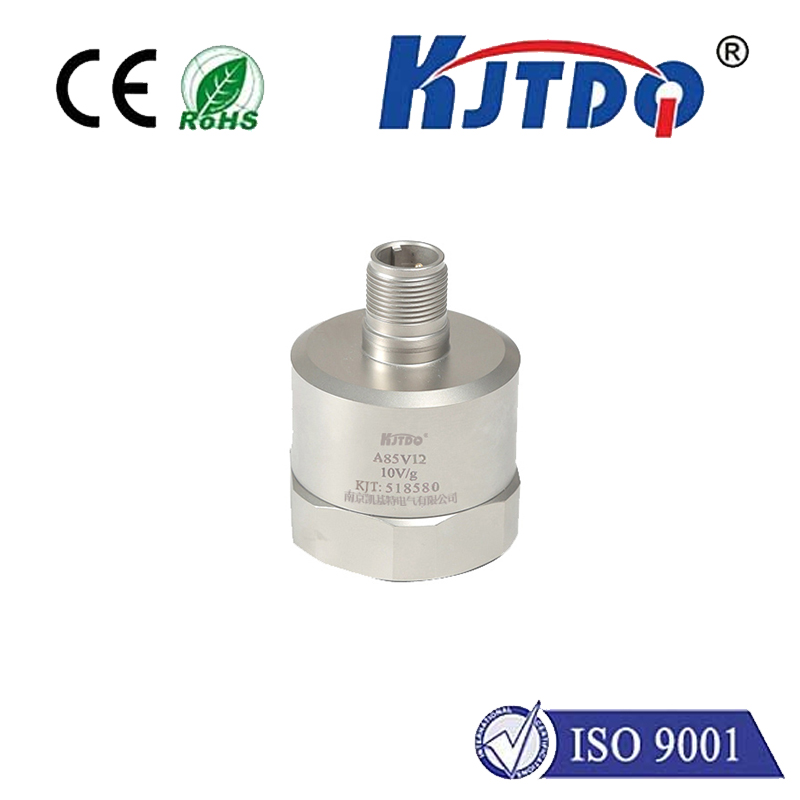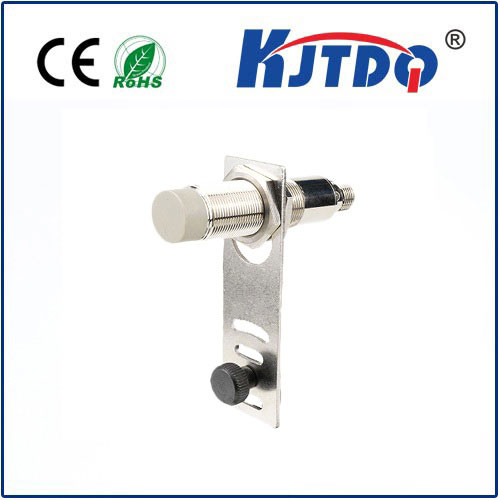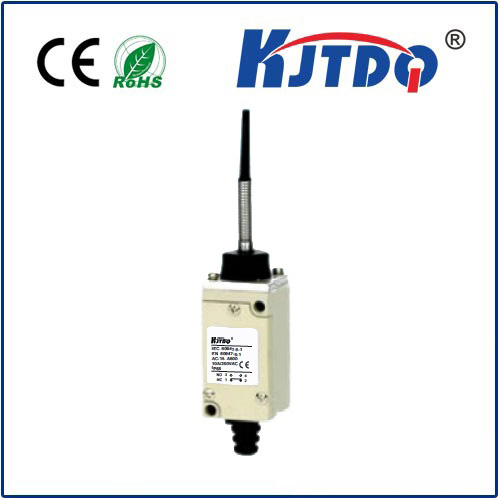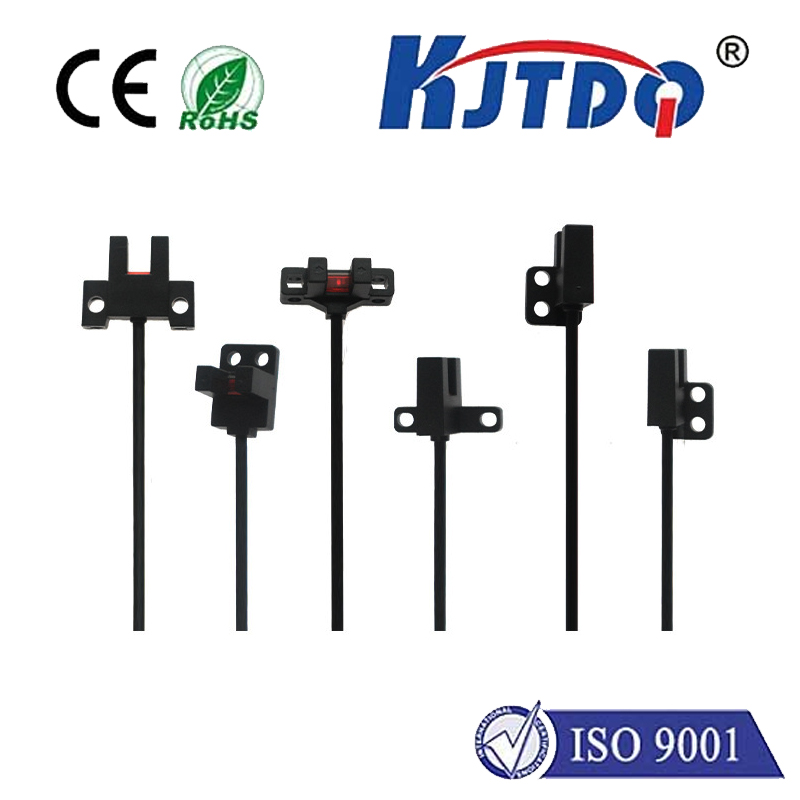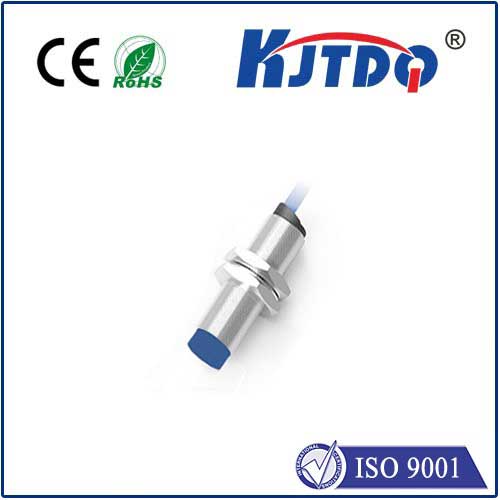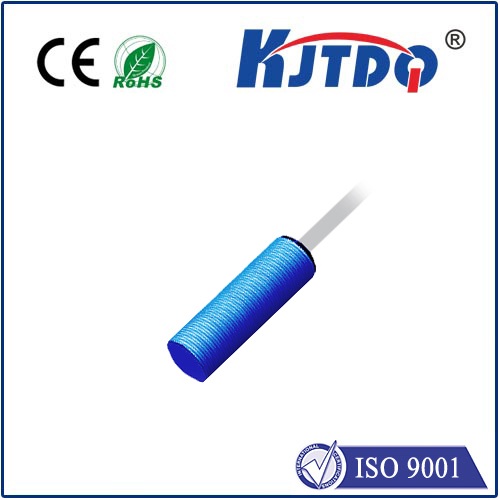
check

check

check

check

ear Tooth Sensor: Revolutionizing Precision Measurement in Industrial Applications In the ever-evolving landscape of industrial technology, the quest for precision and efficiency is paramount. One such innovation that stands at the forefront of this pursuit is the gear tooth sensor. This unassuming yet highly sophisticated device has found广泛应用 across various industries, transforming the way we measure and monitor mechanical movements with unparalleled accuracy. In this article, we will delve into the intricacies of gear tooth sensors, exploring their design, functionality, applications, and the benefits they bring to modern industrial processes. Design and Functionality At its core, a gear tooth sensor is an electromagnetic sensing device designed to detect and measure the angular displacement of a rotating gear. It consists of two main components: a sensor head and a target wheel or disc, which has teeth machined around its circumference. As the target wheel rotates, the sensor head detects the passing teeth and generates electrical pulses corresponding to each revolution. These pulses are then processed by a control system to determine the speed, direction, and position of the rotating shaft. The key to the gear tooth sensor’s precision lies in its ability to accurately detect the spatial relationship between the sensor head and the target wheel’s teeth. This is achieved through advanced electromagnetic techniques that minimize interference from external factors such as temperature fluctuations, vibration, and contamination. As a result, gear tooth sensors offer exceptionally high resolution and repeatability, making them ideal for critical applications where even the slightest error can have significant consequences. Applications Across Industries The versatility of gear tooth sensors makes them suitable for a wide range of industrial applications. In automotive manufacturing, for instance, they are used in anti-lock braking systems (ABS) and electronic stability programs (ESP) to monitor wheel speed and prevent skidding. In aerospace, gear tooth sensors are employed in fly-by-wire control systems and engine monitoring applications to ensure reliable operation under extreme conditions. In power generation and transmission, these sensors play a crucial role in monitoring the health of gearboxes, synchronous generators, and other rotating machinery. By continuously tracking shaft position and velocity, gear tooth sensors enable early detection of abnormal vibrations or misalignments, allowing for timely maintenance and prevention of costly downtime. Similarly, in robotics and automation, gear tooth sensors provide accurate feedback control for precise motion control tasks such as pick-and-place operations, assembly lines, and material handling systems. Benefits of Gear Tooth Sensors The adoption of gear tooth sensors in industrial processes brings about numerous advantages that contribute to improved performance, safety, and cost-effectiveness. Firstly, their high level of accuracy ensures optimal control over machinery operations, reducing waste and increasing productivity. Secondly, the real-time monitoring capability allows for immediate detection and correction of potential issues, thereby minimizing the risk of equipment failure and proactive maintenance schedules. Moreover, gear tooth sensors require minimal physical contact with the moving parts they monitor, resulting in reduced wear and tear on both the sensor and the monitored equipment. Furthermore, gear tooth sensors are scalable and adaptable to various sizes and configurations of gears, making them suitable for use in large industrial machinery as well as compact microelectromechanical systems (MEMS). This flexibility not only broadens their applicability but also facilitates easier integration into existing systems without major modifications. Finally, gear tooth sensors offer cost savings by extending the lifespan of machinery through preventive maintenance strategies and reducing energy consumption due to improved efficiency. Conclusion In conclusion, gear tooth sensors have emerged as indispensable tools in the pursuit of precision measurement within industrial applications. Their elegant design, combined with cutting-edge technology, enables them to deliver exceptional accuracy and reliability in monitoring rotary motion. As industries continue to evolve towards smarter and more efficient operations, the role of gear tooth sensors is likely to expand further, driving innovation and fostering advancements across various sectors. As we look towards the future, it becomes evident that the impact of gear tooth sensors on industrial progress cannot be overstated
